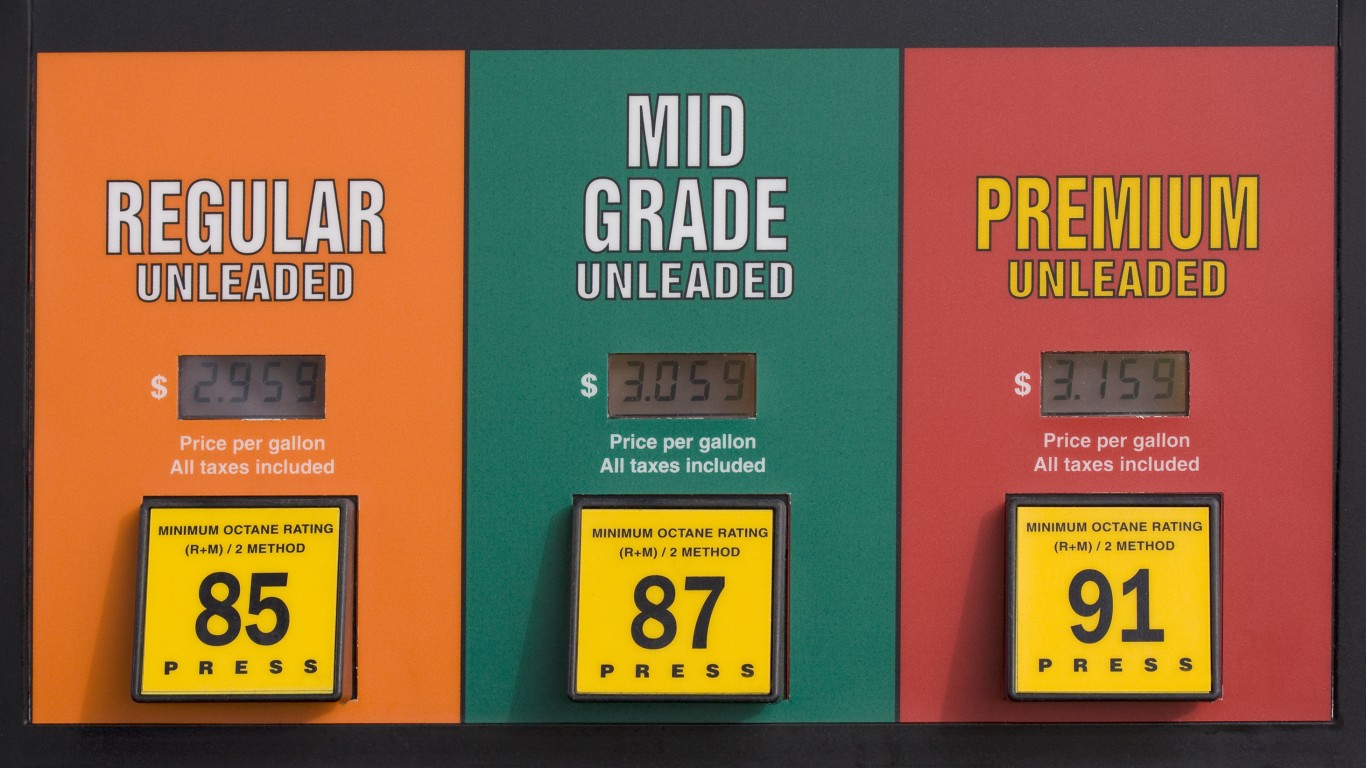
In the week ended April 1, the number of rigs drilling for oil in the United States totaled 362, compared with 372 in the prior week and 802 a year ago. Including 88 other rigs drilling for natural gas, there are a total of 450 working rigs in the country, down 14 week over week and down 578 year over year. The data come from the latest Baker Hughes Inc. (NYSE: BHI) North American Rotary Rig Count, released on Friday.
West Texas Intermediate (WTI) crude oil for May delivery traded down about 4.5% on Friday to settle at $336.63, a drop of about 7.5% for the week. The U.S. Energy Information Administration (EIA) reported last Wednesday that crude supplies had increased by 2.3 million barrels in the week ended March 30, and that gasoline supplies had fallen by 2.5 million barrels.
Crude oil prices drifted down last week, but Friday’s big drop came after Prince Mohammed bin Salman, Saudi Arabia’s deputy crown prince, second deputy prime minister, and defense minister, told Bloomberg News that the Saudis will only agree to a production freeze if Iran and other major producers agree to do the same. Because Iran already has declared that it will continue to increase production in an effort to regain lost market share, the outcome of the scheduled meeting in Doha on April 17 may just have been announced.
Even if the Iranians agree to freeze production, a freeze at the current high production levels will do little to drain the glutted market and bulging storage tanks.
The Saudi prince also told Bloomberg that the country will build a $2 trillion Public Investment Fund by selling shares in Saudi Aramco, the national oil company. The idea first saw the light of day in January and the fund is intended to be used as an investment vehicle that would, at least partially, replace oil revenues.
The most interesting thing to think about is not how much the fund or Saudi Aramco might be worth, but why the Saudis are talking about doing this at all. Our view is that the Saudis are forecasting the end of oil, at least as we’ve known it since the end of World War II. Shortly after the Saudis announced in December of 2014 that they would not reduce production to drive prices higher, the country’s oil minister said that he did not think the world would ever again see $100-a-barrel oil.
The world’s proved reserves totaled 1.018 trillion barrels at the end of 2000, according to the EIA. At the end of 2014, that number had risen to 1.656 trillion barrels. Oil is not getting scarcer, but more plentiful. At a consumption rate of 100 million barrels a day, the world’s proved reserves will last another 45 years if no new oil is discovered.
Given developments over the past decade in alternative energy, the Saudis see the handwriting on the wall. Once oil can be replaced as a transportation fuel for the world’s hundreds of millions of cars, sitting on the world’s largest oil reserves is worthless. The time to pump oil is now, not five or 10 or 20 years from now.
The number of rigs drilling for oil in the United States is down by 440 year over year and down by 10 week over week. The natural gas rig count fell from 92 to 88. The count for natural gas rigs is down by 134 year over year. Natural gas for May delivery closed the week at $1.95 per million BTUs, up seven cents from $1.88 at the end of the prior week. The low price for natural gas over the past 12 months is $1.73 per million BTUs.
U.S. refineries ran at 90.4% of capacity, a week-over-week increase of about 414,000 barrels a day. Imports rose by 636,000 barrels a day, to around 7.7 million barrels a day in the week.
Hedge funds — under the Managed Money heading in the Commodity Futures Trading Commission (CFTC) weekly Commitments of Traders report — added 13,105 short contracts last week and dumped 3,799 long contracts. The movement reflects changes as of the March 29 settlement date. Managed money holds 291,100 long positions, compared with 81,918 short positions. Open interest totaled 1,734,511. There were 55 hedge funds with large short positions last week, unchanged compared with the prior week. The hedgies have added to their short positions for the first time since mid-February, clearly indicating the near-term direction they expect the oil market to follow.
Among the producers themselves, short positions outnumber longs by nearly three to one, 456,110 to 167,139. The number of short positions rose by 17,342 contracts last week, and longs increased by 15,153 positions. Positions among swaps dealers show 238,375 short contracts versus 222,296 long positions. Swaps dealers cut 9,403 contracts from their long positions last week and cut 3,471 short positions.
Among the states, Texas lost five rigs last week and Louisiana lost four, while California and Oklahoma lost two each and Alaska, Kansas and Pennsylvania each lost one. New Mexico added two rigs and Utah added one during the week.
In the Permian Basin of west Texas and southeastern New Mexico, the rig count dropped by two to 145. The Eagle Ford Basin in south Texas added one rig for a new total of 42, and the Williston Basin (Bakken) in North Dakota and Montana now has 29 working rigs, down two compared with the prior week.
Enterprise Products Partners L.P. (NYSE: EPD) lists a posted price of $34.79 per barrel for WTI and an April 1 price of $34.74 a barrel for Eagle Ford crude. The posted price for a barrel of Eagle Ford crude is $35.86. The price for both varieties fell by $1.12 a barrel over the past week. Enterprise did not post an April 1 price for North Dakota Light Sweet. The last posted price, for March 31, was $27.97, down $2.33 per barrel over the past week.
The pump price of gasoline rose by about 1.1% week over week. Saturday morning’s average price in the United States was $2.059 a gallon, up from $2.036 a week ago.
Are You Ahead, or Behind on Retirement? (sponsor)
If you’re one of the over 4 Million Americans set to retire this year, you may want to pay attention.
Finding a financial advisor who puts your interest first can be the difference between a rich retirement and barely getting by, and today it’s easier than ever. SmartAsset’s free tool matches you with up to three fiduciary financial advisors that serve your area in minutes. Each advisor has been carefully vetted, and must act in your best interests. Start your search now.
Don’t waste another minute; get started right here and help your retirement dreams become a retirement reality.
Thank you for reading! Have some feedback for us?
Contact the 24/7 Wall St. editorial team.




